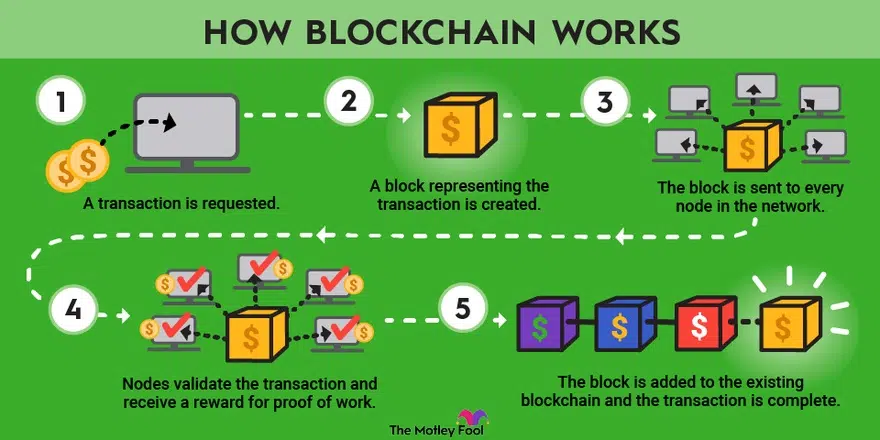Contents
It is not uncommon to hear from those familiar with cryptocurrencies that the real innovation is blockchain technology, not Bitcoin. It has become so popular that it can supplant the existing Web 2.0 making what is called Web3. In any case, it is trumpeted by famous crypto traders and those trying to develop this Web3 (although they do not fully know what it is, it is still only an embryo). British senior software engineer Cal Paterson considers blockchain not a general-purpose technology. He believes that blockchain has minimal and specific uses. And decentralized currencies simply happened to be the first area where it was applied.
Web2 vs. Web3
Blockchain is a database in which it is not stored centrally but on devices worldwide. Cryptography only allows a shared database to be a distributed system, not a centralized one.
- Transactions in popular SQL (Web2) databases are faster. They take microseconds. This is much faster than, for example, on the Ethereum blockchain network, where most transactions are considered “confirmed” after only 5 minutes. Bitcoin needs even more. SQL databases will continue to get faster as hardware speed increases — but blockchain tends to get slower as transaction volume increases.
- Centralized databases are cheaper to run — a 400 GB database (like the Bitcoin network) would cost less than $122 per month and consume about 3,000-kilowatt hours per year (on a typical server). According to various estimates, blockchain consumes 91 billion kilowatt-hours a year.
- Centralized databases can handle much more significant amounts of data. 400 GB is considered a pretty small SQL database. But bitcoin’s 400 GB blockchain is a source of headaches for its users because they have to store a copy of it locally to be a “full node.”
When you require a blockchain
- You need a shared database
- You can’t trust any single party to host that shared database
- You need absolutely nothing else

And here’s where blockchain is useless
International bank transfers. Bitcoin transactions usually cost 1-2% less than HSBC (HSBC is one of the world’s largest banking and financial services organizations.) will charge. Bitcoin also requires fewer uploads of scans of your identity documents. Why is a centralized system still used? The reason is KYC/AML, the global financial system’s compliance processes to ensure you are not transferring money to economically sanctioned individuals, criminals, terrorists, etc. Banks won’t just send money. They want to make sure it doesn’t get to malicious parties first. Any blockchain-based financial transfer system that gains popularity will be forced to implement KYC/AML (KYC refers to the process of identity verification and risk assessment, while AML is a spectrum of anti-money laundering techniques.) under pressure from governments. Then it will resemble traditional international transfers (there are some already). Another problem: once you get your bitcoins, for example, you will have to worry about how to turn them into local currency. And in doing so, pay a 1-2% commission.
Shares and other securities could be registered and traded on a blockchain, usually by a third party — for example, Ethereum. But there is no trusted party to host the database. If you hold shares in a company, you have to trust it. For example, that the firm’s reports are accurate. Or that the investment won’t burn up. Traditional companies keep their shareholder registry (so there are no such problems). Then again, the transaction costs in blockchain are much higher than usual for stocks.
The brand new newsletter with insights, market analysis and daily opportunities.
Let’s grow together!
Contracts
Blockchain uses smart contracts, essentially small programs deployed and stored (forever) in the blockchain, executed automatically according to preset parameters. If your contract involves paying $1,000 in exchange for something of value, you need to know if the shipment has arrived. This is not possible via blockchain because “oracles” do it. An oracle is a regular program that runs outside the blockchain but periodically publishes information about the world to the blockchain. In the end, this turns a clever blockchain program into a relatively meaningless appendage to a much more critical (and subjective) ordinary program: the one that interprets the world and draws conclusions. During its operation, the oracle takes control of a large part of your system, controlling the facts that your program knows, that you might as well make it a central role and leave the blockchain out altogether. You have found a trusted third party.
It’s always about the cash
Decentralized currencies like Bitcoin and Ether are far and away the most famous examples of blockchain use. Many people invest in these cryptocurrencies, but not many use them to pay for goods and services in their daily lives.






